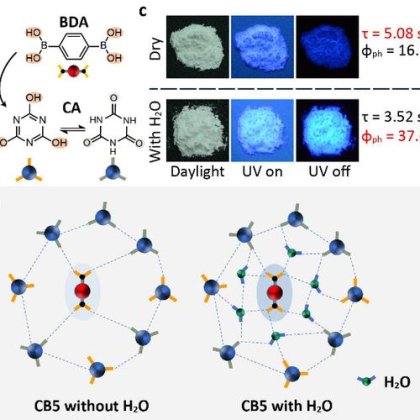| Notes | XRD & 1HNMR spectra, user instruction for enquiring |
| Store | 25℃ under N2 atmosphere |
| Packaging | 5 g, or as required in glass bottle |
| Solubility | High soluble in EtOH, DMF, DMSO, water et al |
| Appearance | White or beige solid |
| Linear Formula | C8H12IN |
| Purity | 99.5% |
| CAS Number |
151059-43-7 |
| Name(EN) | PEAI |
| Synonym | C6H5CH2CH2NH3I/PEAI |
| Mol. Weight | 249.09 |
Advances in Crystallization Regulation and Defect Suppression Strategies for All-inorganic CsPbX3 Perovskite Solar Sells
Huang, Jin; Wang, Hao; Jia, Chunliang; Tang, Yizhe; Yang, Husheng; Chen, Chunyang; Gou, Kaiyuan; Zhou, Yufan; Zhang, Dan; Liu, Shengzhong [Progress in Materials Science, 2024, vol. 141, art. no. 101223]
All-inorganic CsPbX3 perovskite solar cells (PSCs) have become a research topic in the field of photovoltaics in recent years due to their suitable bandgap and excellent stability. The power conversion efficiency (PCE) has increased from 2.9% to more than 21% at present, which possesses great commercialization potential and broad practical application prospects. The crystal growth and defect level of perovskite film have a significant impact on the performance and stability of the devices, therefore, optimization for the film crystallization process and the suppression of the trap states are essential for the preparation of high-performance photovoltaic devices. In this review, firstly, basic information about CsPbX3 perovskite is presented, including the crystal structure, phase characteristics, different types of defects in the film, and the detrimental effects on device performance. Secondly, the crystallization modulation and defect passivation strategies applied to prepare high-quality perovskite film are systematically summarized, and the optimization schemes to improve device performance and stability are outlined in terms of four aspects, including composition engineering, organic additive engineering, dimension engineering, and interface engineering. Finally, the challenges faced in the current research process of all-inorganic CsPbX3 are elaborated, and the prospects for further research are envisioned.

| Characteristic 1 | I |
| Characteristic 2 | NH3 |













